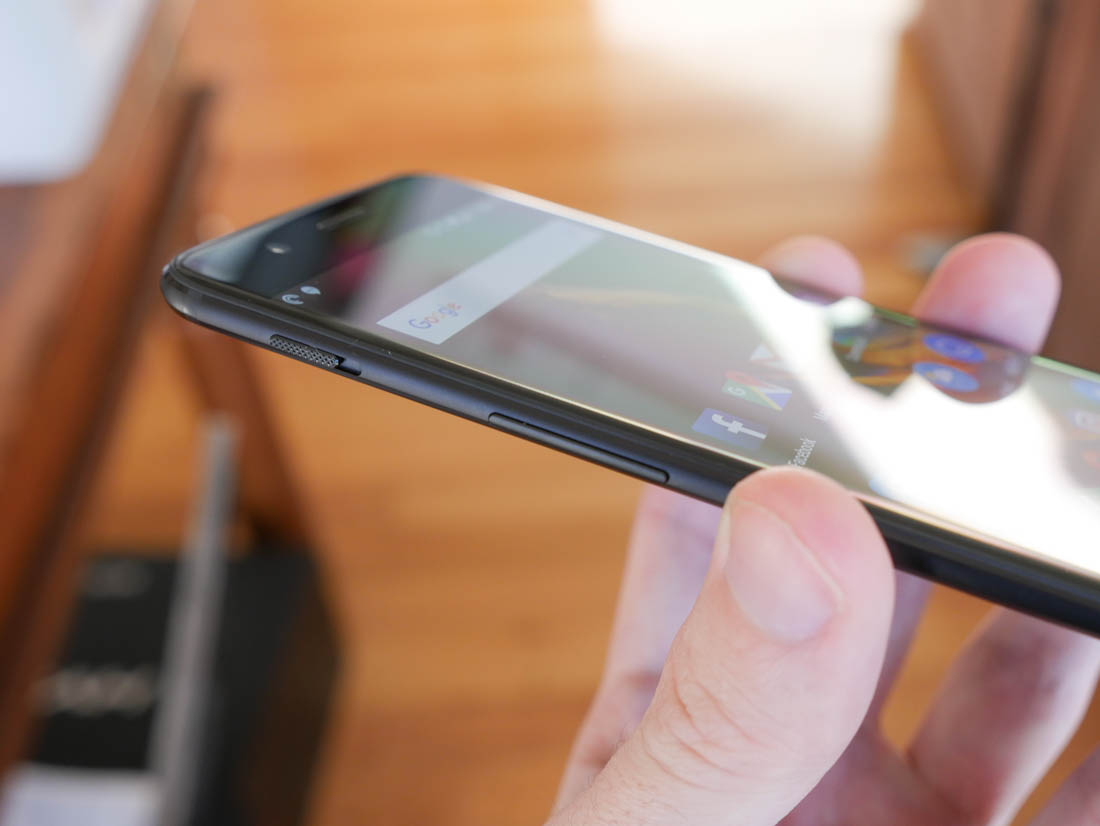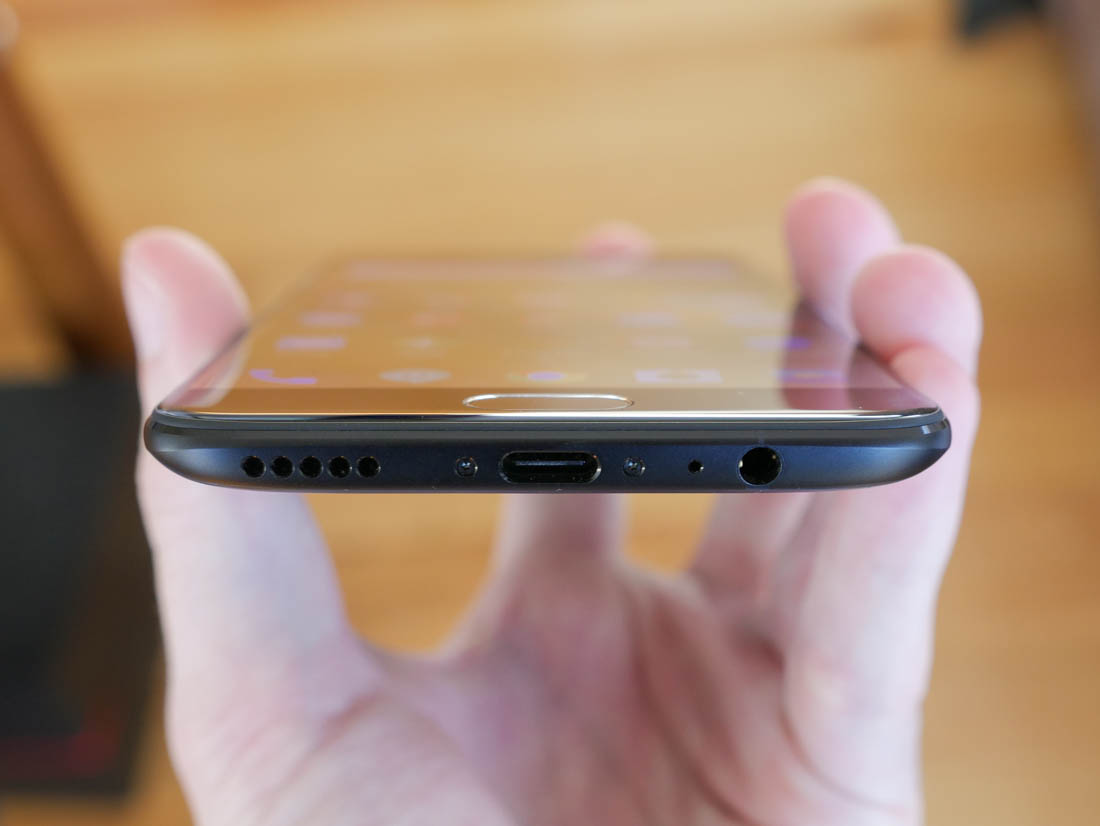OnePlus has developed a serious fan following over the last couple of years, driven by their marketing and the highly attractive price of their flagship-quality products. The company is back at it in 2017 with the OnePlus 5, again attempting to dethrone the incumbent champions like Samsung with the best hardware at the lowest possible price.
So let's talk about the basics of the OnePlus 5. Yes, it's called the OnePlus 5, even though last year's model was the OnePlus 3 and 3T. It's not as cheap as it once was either. The price of the entry-level OnePlus has steadily risen, from $329 for the OnePlus 2, to $399 for the OnePlus 3, now up to $479 for the OnePlus 5.
The hardware is still a collection of top-tier parts, but OnePlus now feels the need to charge more for their handset. The OnePlus 5 is still cheaper than most flagship phones, though it's not as much of an outstanding value proposition as it once was.
Gearbest are offering the 64GB OnePlus 5 for just $469.99 with coupon code PlusHFG, which is cheaper than through OnePlus' own store! The 128GB model is also available for $569.99 with coupon RTOnePlus5
Some aspects to the hardware have stayed largely the same as in the OnePlus 3T. We're still looking at a 5.5-inch 1080p AMOLED display and roughly the same body shape. The battery seen a slight reduction from 3,400 mAh to 3,300 mAh, though the phone is now using the more efficient Snapdragon 835 SoC.
The camera system is one of the biggest upgrades, moving to an iPhone 7 Plus-like dual sensor solution.
To be more precise, it's not just the camera system that OnePlus has borrowed from current-gen iPhones: the chassis is also remarkably similar, especially the camera lens and flash assembly on the rear, which is near identical in shape and positioning to the iPhone 7 Plus.
I guess in some respects it's hard for phone designers to be entirely unique when most phones are similar in shape and function, but with the OnePlus 5 some aspects stray too close to 'copying' territory. With that said, the OnePlus 5's build and design is excellent in general.
I received a 'midnight black' model to review, and I love the matte finish OnePlus has used for their metal unibody here. It's slick, it's resistant to fingerprints, and it just screams quality from the moment you see and touch it. A mark of a well-built phone in my eyes is the seamless transition from rear shell to glass front, and the OnePlus 5 achieves this with its single piece of metal curving nicely to form the edges, before transitioning into the Gorilla Glass 5 front.
OnePlus has added a fair bit of polish to their flagship design relative to the 3T. The antenna lines are far less visible, now shifting to curves along the top and bottom edges, similar to many other modern phones. The edges are more comfortably rounded, which makes it a bit easier to grip the handset, though the OnePlus 5 is just as slim as before. I loved the design of the OnePlus 3 and 3T, but it's a step above with the new OnePlus 5.
The front of the phone is identical to the OnePlus 3 aside from some minor changes. OnePlus hasn't gone with an extended display, instead opting for a more traditional (and perhaps last-generation) 16:9 AMOLED at 5.5-inches in size.
The bezels on either side of the display are slim, which assists with the usability of the phone, though above and below you're stuck with massive chunks of bezel. A screen-to-body ratio of 73% is the same as the OnePlus 3, and a far cry from the Galaxy S8+'s 84%. I know a lot of people aren't completely sold on tall smartphone screens, but I like them a lot, and prefer a taller display than useless bezel.
The OnePlus 5 continues to use capacitive navigation buttons below the display, giving users the full 5.5 inches of display real estate. In the middle of the two buttons, which can be customized in the software, is a fingerprint sensor, again similar to the OnePlus 3. The sensor is fast and works very well, and doubles up as a home button without any issue.
While the OnePlus 5 does have a speaker above the display for calls, it only uses a single speaker along the bottom edge for audio. Several modern phones are opting to use the in-call speaker in conjunction with a bottom speaker for additional audio, which does lead to a better experience while watching videos and playing games without headphones, but not on the OnePlus 5.
One of the more unique aspects to OnePlus handsets is the alert slider, which is found above the volume rocker along the left edge. The slider has three positions, allowing users to easily switch between loud, do not disturb, and silent notification modes.
Previous OnePlus phones also had this slider, though in the past it switched between all notifications, priority notifications, and do not disturb. The ability to switch between loud and silent modes is far better, making it a feature that I actually used often.
Along the bottom edge is where you'll find the key ports: a USB-C port configured for just USB 2.0, and a 3.5mm headphone jack.
One of the OnePlus 5's main competitors, the Xiaomi Mi 6, omitted the headphone jack for no good reason, so it's great how you can use the OnePlus 5 with wired headphones without a dongle.
A few features we see on premium phones are not present on the OnePlus 5. The chassis is not water resistant, which you get on the more expensive Galaxy S8 and LG G6. The OnePlus 5 also doesn't come with a microSD card slot, instead opting for either 64 or 128 GB of fixed internal NAND. Either of these is fine, and OnePlus only charges $60 for the upgrade to 128GB, which is less than most other vendors.





